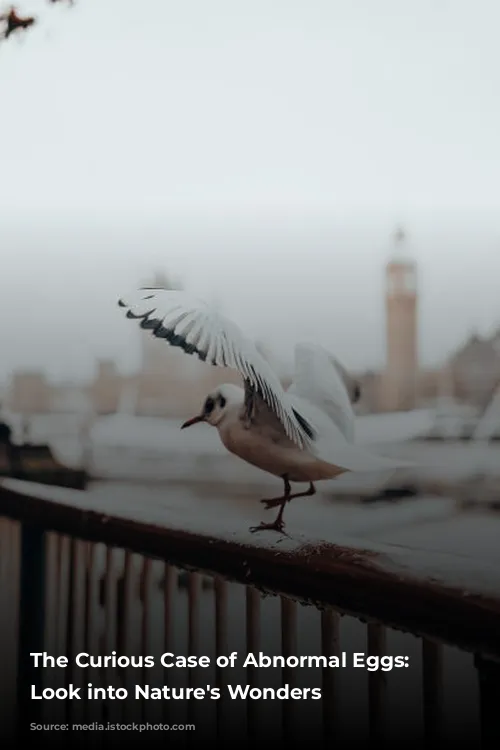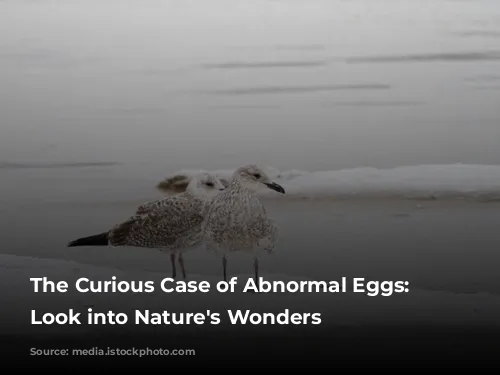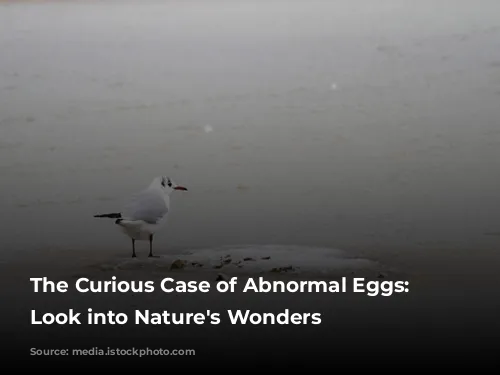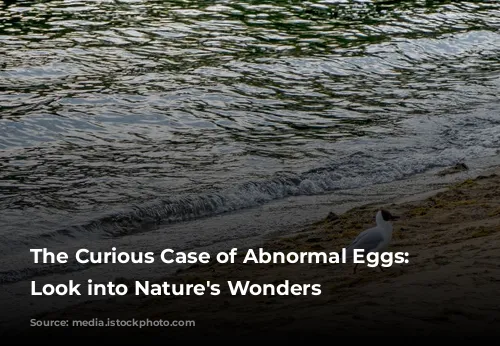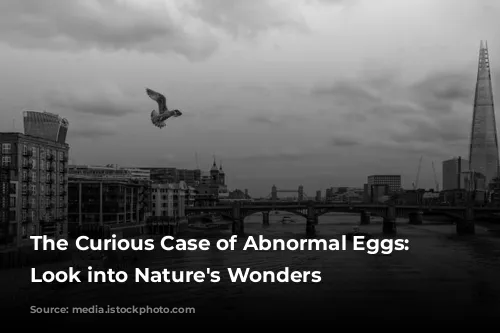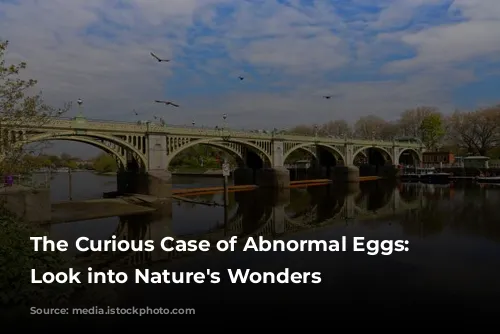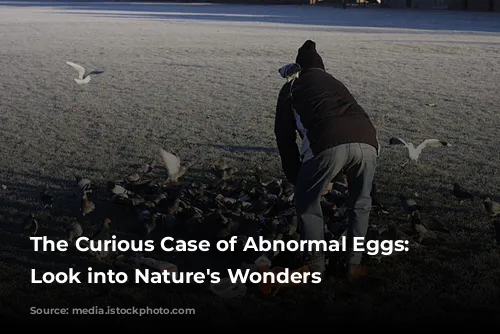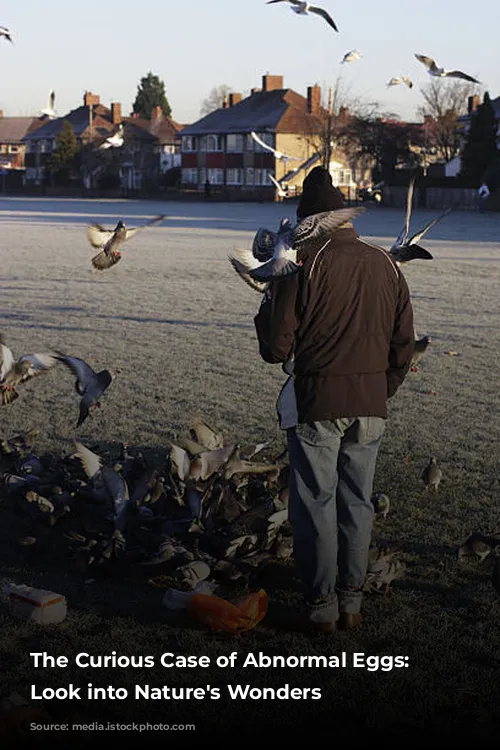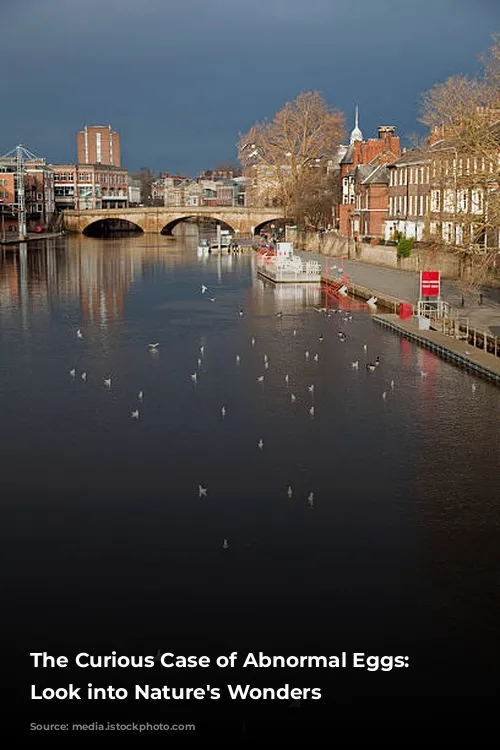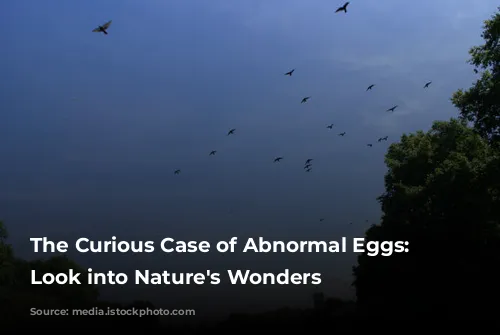From time immemorial, people have been fascinated by abnormal eggs, those unique specimens that deviate from the typical norm. In the past, tales and legends spun around their origins, but today, scientific discoveries have shed light on these enigmatic natural occurrences.
The Common Guillemot, a seabird found along the rugged cliffs of Bempton in Yorkshire, England, has played a pivotal role in the story of abnormal eggs. For centuries, climbers, skilled laborers from nearby farms, ventured down the towering cliffs to collect these eggs. Initially, these eggs were a source of sustenance, but as time passed, they became coveted treasures for egg collectors.
A History of Egg Collecting: From Sustenance to Scientific Study
Between the 1500s and the mid-20th century, the harvest of Guillemot eggs became a systematic endeavor. Each group of climbers would diligently visit their designated stretch of cliff every three days, weather permitting, from May to June, collecting tens of thousands of eggs annually. This practice continued until 1954 when egg collecting was declared illegal.
As a result of this extensive collection, natural history museums across the United Kingdom, and beyond, proudly display Guillemot eggs from Bempton. The Natural History Museum at Tring, Hertfordshire, boasts a collection of over 6,000 Guillemot eggs, many of which were painstakingly assembled by F. G. Lupton, a dedicated egg collector. Lupton’s keen eye for detail led him to focus on collecting sets of eggs from the same female, eggs with unique colors and patterns, and most importantly, eggs with unusual sizes, textures, and shapes.
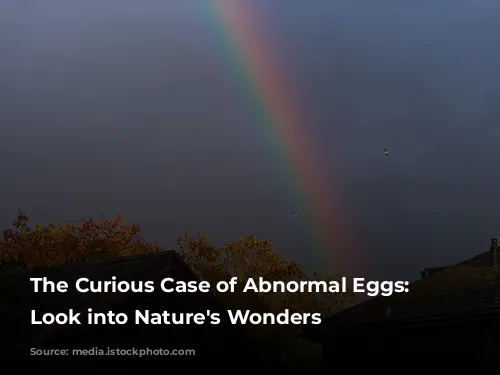
Beyond the Seabirds: Exploring Abnormal Eggs in Domesticated and Wild Species
The study of abnormal eggs extends far beyond the seabirds. Even in domesticated fowl, abnormal eggs have been documented for centuries. Romanoff and Romanoff’s 1949 classification system categorized these variations based on their internal and external characteristics. Eggs with unusual sizes, shapes, surface textures, and pigmentations were meticulously documented.
Among wild birds, the most common type of abnormal egg is the runt or dwarf egg, significantly smaller than its normal counterparts. Other abnormalities, while rare, are intriguing for scientists, offering valuable insights into the health and well-being of bird populations. The collection of Guillemot eggs from Bempton provides a unique opportunity to study these abnormal eggs and gain a deeper understanding of their causes.
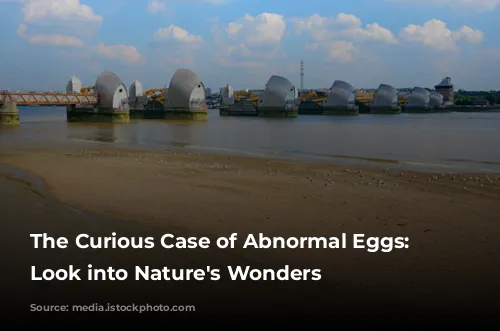
Unraveling the Mystery: The Significance of Abnormal Eggs
This study delves into the different types of abnormal eggs found in the Common Guillemot. By examining their characteristics, we aim to shed light on their potential causes and the valuable information they might provide. This research has the potential to become a powerful tool for monitoring the health of wild bird populations, helping us better understand and protect these fascinating creatures and their eggs.
